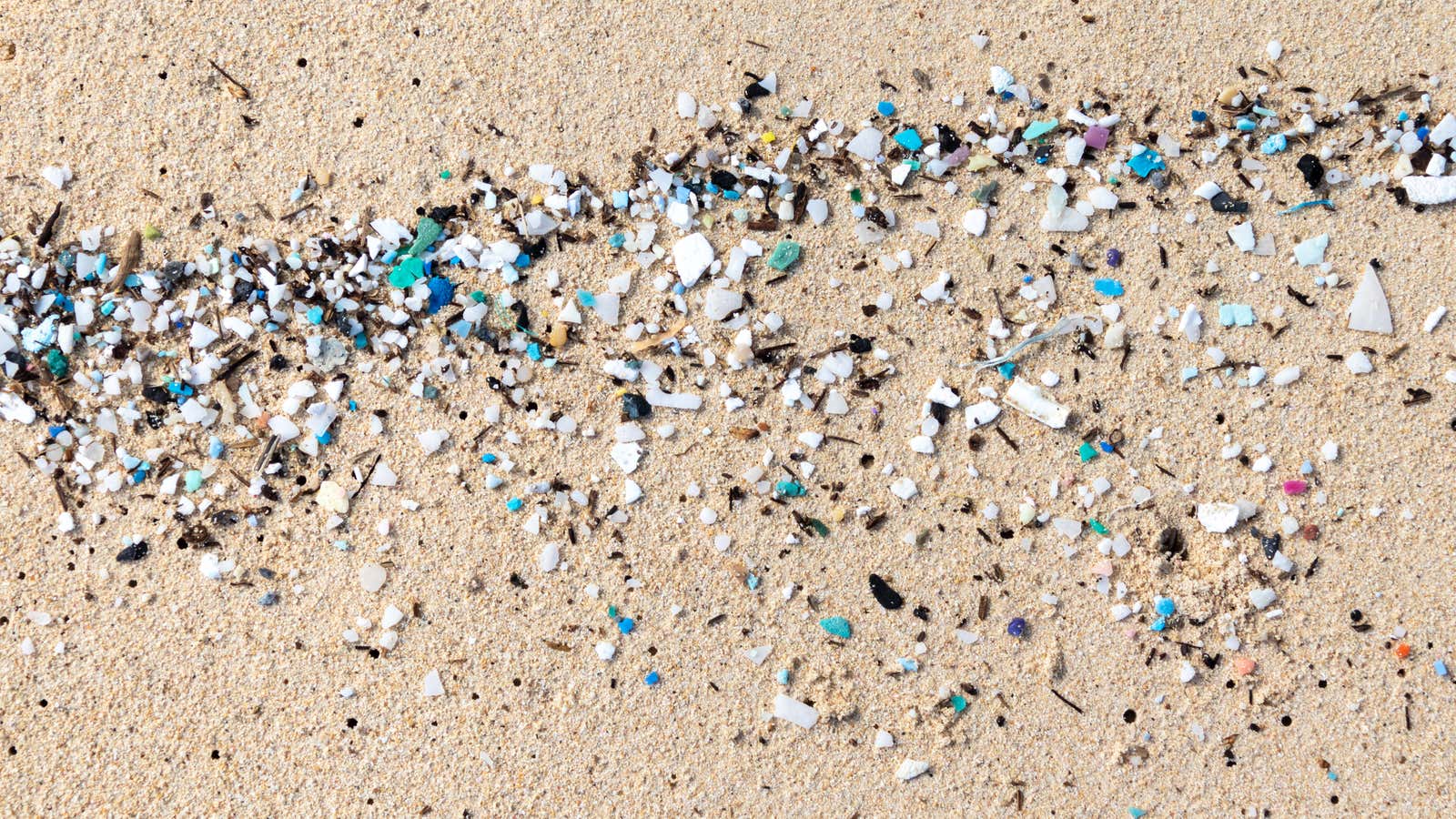How to Avoid Swallowing Microplastics

Microscopic pieces of plastic are everywhere. They are found in the oceans and are eaten by marine life. They are in bottled water , detached from the plastic of the bottle itself. While the health implications are unclear , here are some ways to avoid microplastics if you want to minimize your exposure.
Drink tap water instead of bottled water
Since bottled water contains microplastics, tap water may be better. Sherri Mason, a chemist who has studied plastic in drinking water, tells Consumer Reports that you will swallow plastic anyway, but tap water tends to be less.
For the same reason, any food or drink wrapped in plastic is likely to carry some of the plastic into your food, so you can use glass or metal containers for food instead of plastic ones.
Know which foods contain the most microplastics
This is an area of active learning, so the answers here may change in the future. But so far we know that shellfish contain a lot of microplastics (since they eat them in the ocean, and we often eat them whole). Fish and land animals can also have microplastics in their intestines, but we usually don’t eat them.
The amount of microplastic you’ll ingest is still small from any one source, but at this point it seems likely that plant-based foods and foods not wrapped or wrapped in plastic will expose you to the least amount of microplastic.
Vacuum your home
Dust in your home is a collection of microscopic debris, which means it likely contains a lot of microplastics. One study found that our food picks up more microplastics from the air and dust in our home than the original amount of food. A good vacuum and possibly an air filter can reduce the amount of microplastics getting into your food and air.